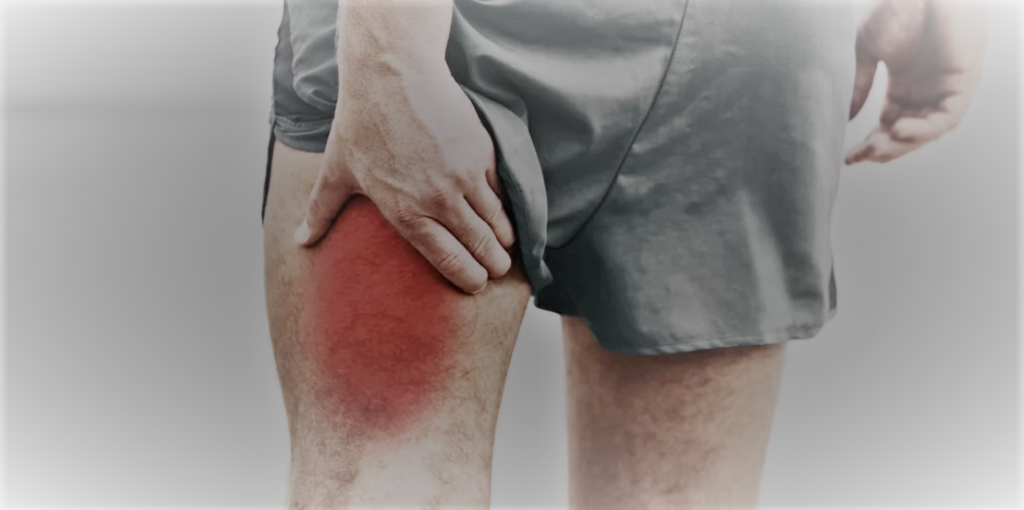14 Jul Hamstring Injuries
 Hamstring strains are very common in sport, but also can occur in day to day activity. The injury often happens whilst sprinting, decelerating or kicking, but can also occur in a ‘splits’ position where one leg goes forward. In sport the most common predictor of getting an injury is already having had one recently. This suggests we often return a player too soon or they stop their rehab early.
Hamstring strains are very common in sport, but also can occur in day to day activity. The injury often happens whilst sprinting, decelerating or kicking, but can also occur in a ‘splits’ position where one leg goes forward. In sport the most common predictor of getting an injury is already having had one recently. This suggests we often return a player too soon or they stop their rehab early.
There are a number of factors which can predict to some extent how long rehab will take. What is surprising is that the degree of pain and limitation functionally immediately after suffering an injury is not a predictor in most cases. It is injuries involving a stretch type movement, and those injuries closer to the ‘sit bone’ that tend to take longer to recover. If pain during day to day activity takes a while to settle, a longer recovery is also likely, as pain inhibits the muscle function needed for recovery.
Strengthening is an important part of recovery. However how you strengthen the muscle can determine recovery timeframes. Research has shown that exercises that involve the lengthening of the muscle, as compared to those which contract the muscle, are better. Nordics and single legged deadlifts are examples of lengthening exercises, while lying hamstring curls are shortening exercises.
Return to play is a big call especially with the high recurrence rate of injuries. For sports players there are a number of factors to pass before return is recommended. These include lack of pain over the injury site on palpation, the return of strength and flexibility, feeling ‘ready’ to return, and being able to train at full pace without restriction.
As the recurrence rate is so high, what can we do to prevent strains? Doing the Nordic hamstring exercise regularly has been shown to reduce occurrence by up to 50%. Not including these as part of your program as an athlete is senseless. Training to play is also vital. Most team sports involve multiple numbers of high speed sprints, yet most trainings don’t replicate this. That means during the game situation we aren’t prepared sufficiently to cope with these, ultimately leading to an increased injury risk.
For further advice on the management of hamstring strains or what you can do to reduce your likelihood of getting one talk to one of our physiotherapists.


Sorry, the comment form is closed at this time.